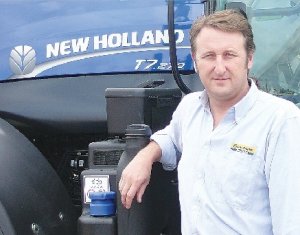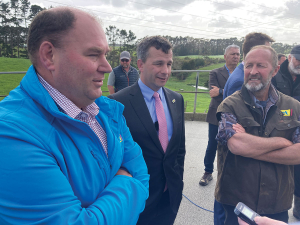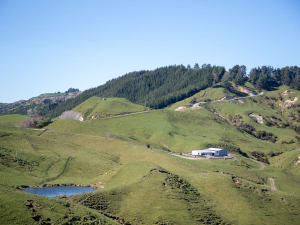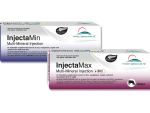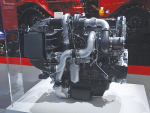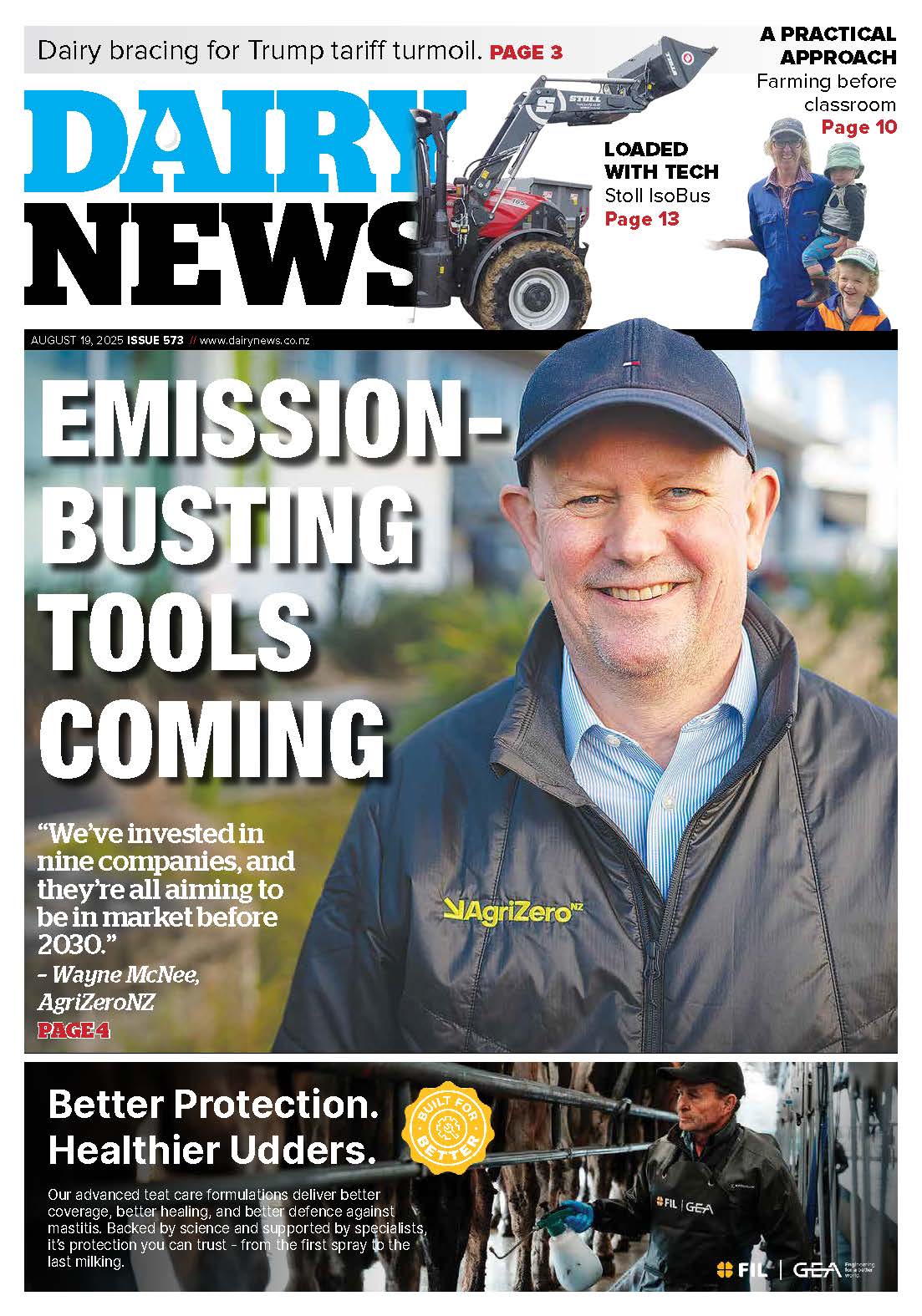But both can be a bit hard to see – unless you happen to own a New Holland. You won't be able to tot up the figures by reading New Holland NZ promotional material, says product specialist Greg Moore.
"The diesel savings are there to see, and they're greater than we 'officially' promote," Moore told Rural News.
Exhaust emission clean-up and fuel savings go hand-in-hand, as befits a tractor maker taking a "clean environment" stance, Moore says. "A further advantage is power and torque are also increased."
"Of course the stringent EU rules on emissions don't yet apply in New Zealand but they will. And meanwhile farmers and contractors are choosing New Holland for diesel savings."
The 'big blue' tractors use exhaust clean-up fluid called (in New Zealand) GoClear (also known as AdBlue or DEF). This goes in a separate tank at a prescribed rate of two tanks (395L ea) of diesel to one tank (48L) of GoClear.
"The factory specifications for the ratio of GoClear to diesel is 5% at maximum engine load, but in reality the owners of NH 220hp tractors tell us they use one 48L fill of GoClear to up to three or four tanks (up to 1580L) of diesel," Moore says. "So with the extra power and torque, productivity increases are substantial while costs are reduced."
New Holland in Europe is going at carbon footprint reduction and fuel savings with a passion. A new website (www.thecleanenergyleader.com) has a carbon calculator to enable visitors to compare their present tractor fleet's 'footprint' with that of New Holland machines.
Of course, the idea is to show how the website visitor could reduce carbon emissions by re-equipping with Tier 4A compliant, GoClear SCR machines.
"This technology reduces NOx emissions by 50% and fuel consumption by up to 10%," New Holland says.
Tractor owners can choose to calculate their carbon footprints either based on annual fuel usage or hours worked. Then they input data including their tractors' current tier level and horsepower range, the price of fuel and GoClear/DEF, together with their average work rate. The calculator figures the carbon reduction (in tonnes) and the cash they could save by cutting fuel consumption.
The site also offers a 'virtual tour' of the NH pilot Energy Independent Farm at La Bellotta, Italy.
The point of this experiment, says NH, is its vision of "a world in which farmers will be able to satisfy their own energy needs. They will power their NH2 tractors with pure hydrogen produced on their farms."
"This sustainable, energy self-sufficiency approach to agriculture will free them from fluctuating energy prices and the negative impact they have on farm incomes."
www.labellotta.com





